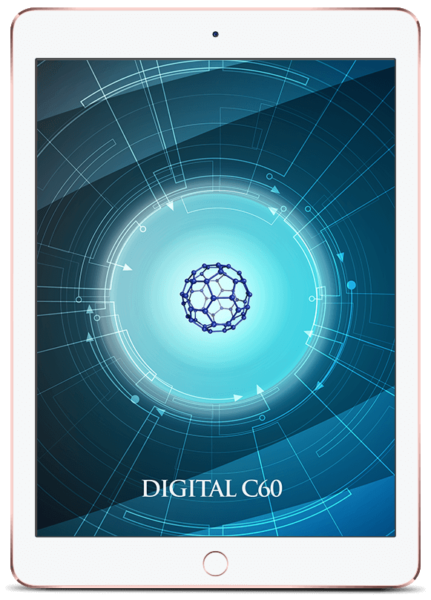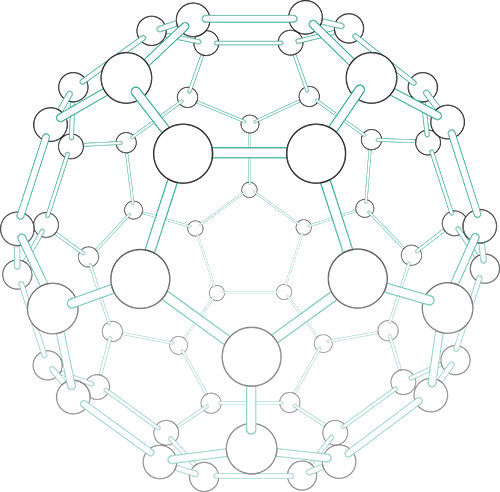When the body is young and agile, it can withstand tension and strains without too many overt or even serious immediate consequences. We can bounce back from good sleep, a few sessions of therapy, change in diet, different shoes, etc. What happens when life’s experiences leave their imprint on us as we age? What does healthy aging look like?
The effects of bad habits, poor lifestyle choices, and unattended stress are cumulative. It can get harder to move through life’s changes/challenges for a fixed and inflexible body and mindset. Many people do not realize anything is wrong until a major crisis hits. Episodes of illness and injury remind us of the importance of our health, and what’s really important to us. Spraining an ankle or throwing out the back show us why mindfulness, resilience, and alignment are not just buzz words.
Recently I met up with neurological chiropractor Dr Paul Masters and discussed what I can do NOW to still have a healthy body down the road. His message is that we all need to have a strategy for healthy aging. This means committing to sustainable lifestyle changes, and not go from crisis to crisis. Sounds logical.
Seeing a chiropractor or therapist on a regular basis should ideally be getting tune ups, checking in, and dealing with new circumstances. We learn new tools and get better at the skills the practitioner has already imparted. Self-empowerment means that we ourselves need to make these real changes in life.
Here are some easy changes to strengthen your structure and improve correct alignment.
5 Habits for Healthy Aging
The Right Bag
You also have to develop a lack of caring about how your bag matches your outfit. And that’s really what keeps us from making a healthy choice so often, I have found.
Katy Bowman, Alignment Matters
We load our body incorrectly all the time with what we carry around. Carrying a tote on the shoulder encourages that shoulder to lift so the bag doesn’t fall off. This creates stress on the body. We quickly habituate to this shoulder-to-ear position and keep ourselves in tension. Next time, take note of how the shoulders are not even when you are out and about.
Unless you keep switching your bag from one to the other side for balance, use a backpack, with straps on both shoulders. Having your arms free is a key part of walking properly. Arms are meant to swing when we walk and be fully extended. It is natural and energy-efficient for the right arm to swing forward as we step out with our left foot, and vice versa.
Take note to see if your arms are swinging forward-backward, or left-right. Many people’s arms swing to the front of the body.
Arms swinging in front of the body is indicative of and increases tightness in the shoulders, neck, and trapezius muscles and remember – no bent elbows. Bent elbows decrease energy expenditure. So put those phones away when you are walking!
A backward-reaching arm is not only great for reducing overuse of the spine, it is a nature-designed workout of the backs of the upper arm. Lifting the arm up behind you keeps your tricep muscles toned and the armpit lymph free.
Katy Bowman
Using a knapsack is a good option; even better is to carry less! Much less or use a rolling bag. Too heavy a load from a knapsack makes us compensate the backward pull of the bag by bending forward at the hips or arching the back. Heavy bags not only affect our back muscles and can decrease our natural range of motion, for example. Thin straps can dig into the body, decreasing circulation and unbalancing the lungs meridian.
The Right Shoe
As a speaker at Eat Move Love‘s 360 Wellness event, Dr Paul Masters demonstrated with muscle testing that curling the toes weakens our body. Toe clenching and curling happens when we wear flip flops or mis-sized shoes.
Biomechanics expert Katy Bowman shares in her book Alignment Matters that research shows wearing poorly attached shoes increases the risks for a variety of conditions including hammertoes, plantar fasciitis, and knee pain.
There is nothing more convenient and comfortable, especially in the tropics or on a beach vacation, than a pair of flip flops. If you love sandals, go for those with ankle straps and leave the flip flops poolside.
Get Moving
We have become a sedentary society. It’s not only that we sit so much but we sit so continuously, and that has consequences. Movement helps us to stay supple, flexible, and promotes healthy aging.
Set a timer and be sure to change your position every 10 minutes. Get up every 20 to 30 minutes. Stretch. Get some water. Moving often is much better than Crossfit after a day of not moving. Exercise is good; though the negative effects of not moving are not neutralized by an hour of even very good exercise.
Build Strength + Flexibility. Get good alignment
Many people are slouchy, leaning on the counter, splaying out on the couch, thrusting the pelvis forward to stand. How we sit and stand comes from and perpetuates physical weakness.
“A lot of us have lower back pain because of constant compression of our spines. We don’t sit or stand properly because we have poor posture and we don’t use our abdominal muscles to support the lower back. If our abs are part of the no zone – an area we avoid because we think it’s gross or fat – there’s less and less support for the lower back. When you get your abdominals strong and responsive, then your back has more support.”1
To check if you have back pain from compression, Ana Forrest suggests the Back Traction pose. If this pose helps relieve your pain, then doing it regularly will help. To do the Back Traction pose, lie on your back, with knees bent and feet flat on the ground. Place your hands on your thighs and push against them, straightening the arms and lifting the chest away from the body.
What is good alignment? “Getting all of your muscles to the right length to allow all of your joints to move.”2
The body has a system of adaptation, and the adaptation is to the stimulus that we provide it–so even though we’re very active, and we’re trying to be fit and healthy, what’s happened to us is that the posture muscles that were designed to hold us upright have grown increasingly dysfunctional. And this is escalating decade by decade, generation by generation. So that’s where all this chronic pain is coming from. We are moving, but it’s the body that we’re bringing to the movement that’s causing the problem.
Pete Egoscue, anatomical physiologist3
Do something about your stress
People are often asked on a scale of 1 – 10, 10 being the most intense, painful, uncomfortable, how do they feel. Dr Paul Masters believes that when people say 10 there is an element of emotional distress involved.
Stress alters our body and affects our biochemical processes in both obvious and more subtle ways. It is held by the body. Unattended stress makes us vulnerable to bad habits and lifestyle choices, and prevents healthy aging.
The role of stress is indeed understated and overlooked. Partly perhaps it’s because we habituate to stress. We become used to it, even if we aren’t feeling top of the game. Also we may not associate our unwellness with our stress. Instead of recognizing our own irritability, we may see the other person as the cause, as the “toxic” person.

Digital C60
The first quantum antioxidant, the vibrational frequency of one of the world’s most powerful antioxidants, the Carbon 60 fullerene molecule (C60).
As a powerful antioxidant, C60 is a free radical sponge. It protects and supports the regeneration of the nervous system.
Digital C60 is the first vibrational energetic version of this powerful antioxidant, combines the energetic signatures of Carbon 60 and black seed oil to produce a unique quantum healing energy with exceptional antioxidative, antibacterial, and anti-inflammatory properties.
Benefits of Carbon 60

- Fights bacterial infection
- Helps with asthma
- Relieves allergies
- Helps arthritis
- Supports digestion
- Anti-viral properties
- Laboratory mice fed C60 lived 90% longer than untreated mice
- Enhances vision
- Supports mental acuity
- Stimulates the immune system
- Lowers cholesterol
- Reduces oxidative stress caused by pollutants
- Potential anti-cancer properties
- Reduces aches and pains
- Improves energy and stamina
- Lowers risk of many diseases
There are many ways to reduce stress, from breathing exercises, movement throughout the day, mental readjustments, and emotional release. Other suggestions – getting bodywork, taking time to de-compress, include more leisure activities, meditation, and contemplation.
Looking at the source of the stress is important though the idea of changing the job, relationship, circumstance often elicits a barrage of excuses, explanations, and reasons of why such a change is not possible, or not possible now. If we can at least attend to the effects of the stress on our physical, emotional, and mental states, we are already doing something positive for ourselves. And that’s good at any age.
The illusion of youth is that we will be able to weather any adversity, body and mind. We may feel like we live with a cloak of invincibility. Having good habits helps us be robust and resilient through the years. Aging does not mean frailty and ill-health. We can enjoy healthy aging. Our lifestyle can ensure the disease-span does not overshadow the later years of our lifespan.
1 Fierce Medicine by Ana T Forrest. HarperOne. 2011. p55
2 Alignment Matters by Katy Bowman MS. Propriometrics Press. 2013. p392.
3 Quoted from interview with Pete Egoscue on Share Guide
What Therapy is an affiliate and a customer of Subtle Energy. Should you purchase through our links, we receive a commission which goes to support us to providing thoughtful and thought-provoking ways to transform information to wisdom for a well-lived live.


